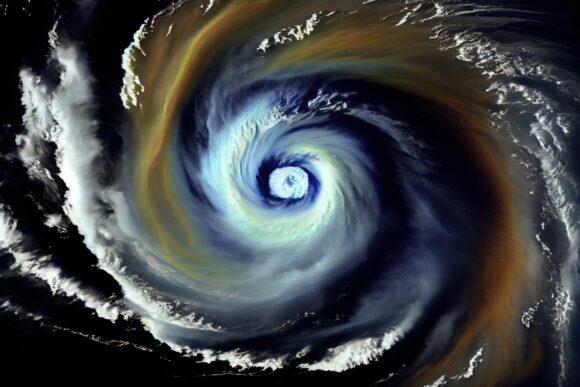About 33 million U.S. homes with a combined reconstruction cost value of $11.6 trillion are at risk of hurricane-force winds. But two new computer models promise to help property owners and insurers better predict where those winds will hit in the coming hurricane season and beyond.
CoreLogic in late May released its 2023 Hurricane Risk Report to mark the start of the Atlantic hurricane season and found that more than 32 million single-family residences and 1 million multifamily residences are at moderate or more significant risk of sustaining damage from hurricane-force winds. Nearly 8 million homes, with an RCV of $2.6 trillion, have direct or indirect coastal exposure, making them susceptible to storm surge.
More than 4 million homes are in the New York City metropolitan area with combined RCV of $2.4 trillion are at risk. Other major metro areas with substantial hurricane wind risk are the Houston-Woodlands-Sugar Land and Miami-Ft. Lauderdale-Pompano Beach areas, with combined RCV of $649.8 billion and $585.0 billion, respectively, said CoreLogic.
The same week, the National Hurricane Center announced it had improved its Probabilistic Storm Surge model to version 3.0, which will provide coastal surge predictions up to three days in advance. That’s an improvement over the two-day warning that officials had previously used.
“It’s a big upgrade,” NHC storm surge specialist, Cody Fritz, told National Public Radio.
The system, which combines wind and storm tracks with new data on vegetation in the storm’s path, also allows surge modeling for the first time for Puerto Rico and the U.S. Virgin Islands, which have been hard-hit by storms in recent years.
The changes don’t come a day too soon, officials said.
“We are seeing a sharp increase in catastrophic storm surge impacts in our coastal communities,” Ken Graham, director of NOAA’s National Weather Service, said in a statement. “Our new capabilities to effectively and accurately model and forecast storm surge (are) critical to upholding the NWS mission of protection of life and property.”
Also, Aon, the global data analytics firm, unveiled a new computer model and forecasting system that allows insurers to better assess portfolio losses as soon as a hurricane’s landfall point becomes clear.
The Auto Event Response program combines NHC data with up to 10 academically reviewed models to produce real-time impacts on exposed properties, Aon Managing Director Daniel Hartung explained in a webinar.
The system, which examines properties in a storm’s actual path, rather than basing losses on simulations or probabilistic forecasts, can produce a “quantifiable loss estimate at various granularities,” he said.
It also provides a better idea of the actual wind speeds as hurricanes move inland and decay, he said. A report will be delivered automatically via email to subscribers, within an hour of a forecast update.
A new version of Aon’s Impact Forecasting, an enhanced hurricane model, is now being reviewed by the Florida Hurricane Commission, Aon’s Will Skinner said.
Forecasters recently have called for an “average” hurricane season in the Atlantic. But “average” does not necessarily mean less risk or lower costs.
The 2022 Atlantic hurricane season was close to average, with 14 named storms, eight hurricanes and two major hurricanes, but one of those was Hurricane Ian — among the strongest hurricanes to ever make U.S. landfall. Ian was also one of the costliest hurricanes in history in terms of insured losses, causing an estimated $60 billion.
Topics Catastrophe Natural Disasters Profit Loss Windstorm Hurricane
Was this article valuable?
Here are more articles you may enjoy.



 US Home Insurance Still Priced Too Low for Climate Risk, Says Swiss Re Chair
US Home Insurance Still Priced Too Low for Climate Risk, Says Swiss Re Chair  Three Charged With Helping Agents Cheat on Florida Insurance License Exams
Three Charged With Helping Agents Cheat on Florida Insurance License Exams  Supreme Court Overturns Chevron Rule in Blow to Regulators
Supreme Court Overturns Chevron Rule in Blow to Regulators  Zurich to Buy AIG’s Travel Insurance Business for $600 Million
Zurich to Buy AIG’s Travel Insurance Business for $600 Million 


